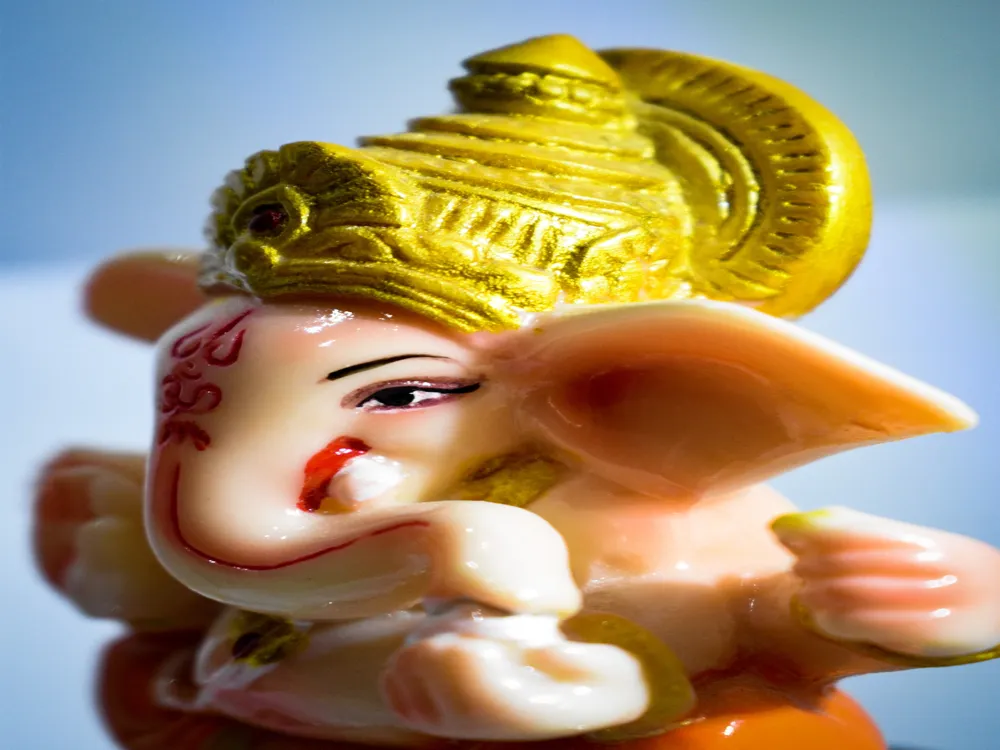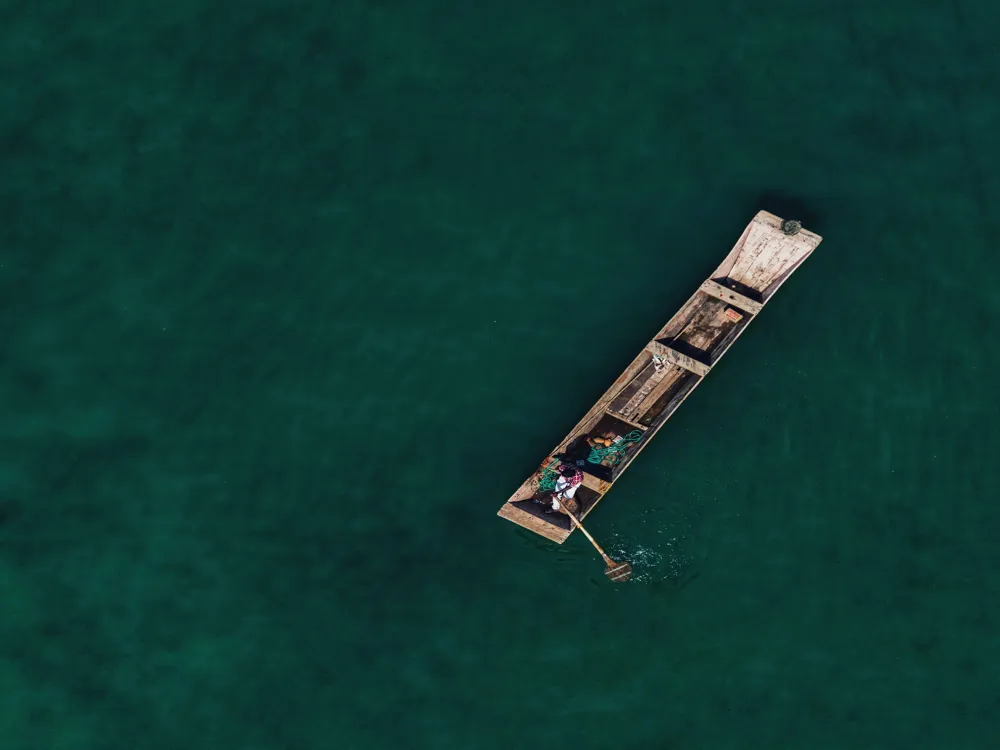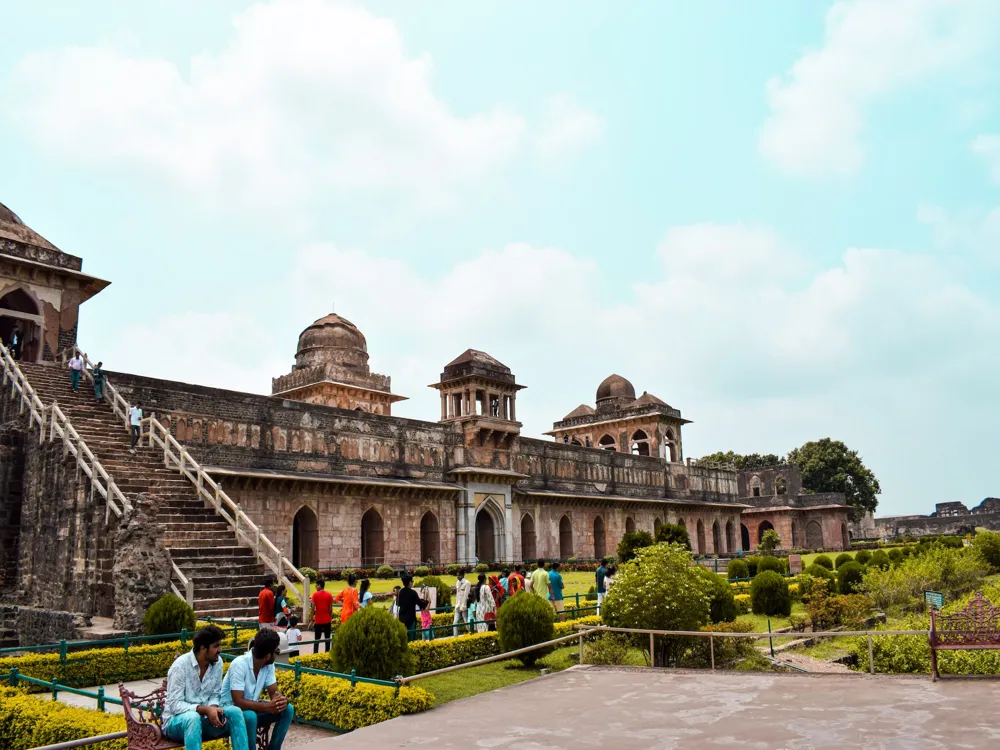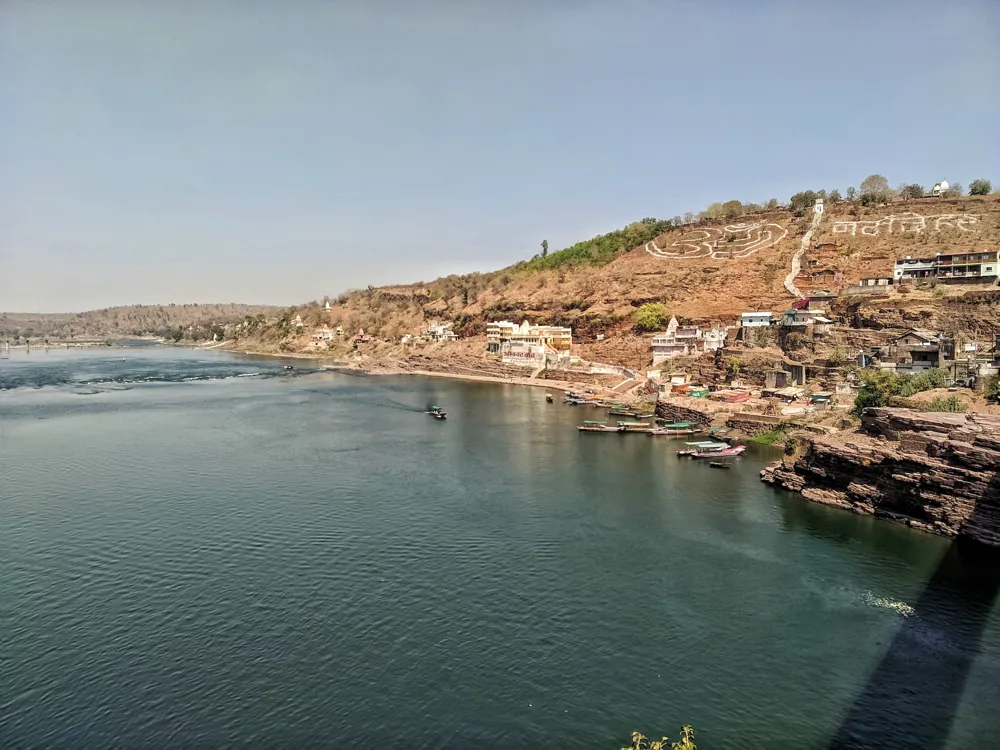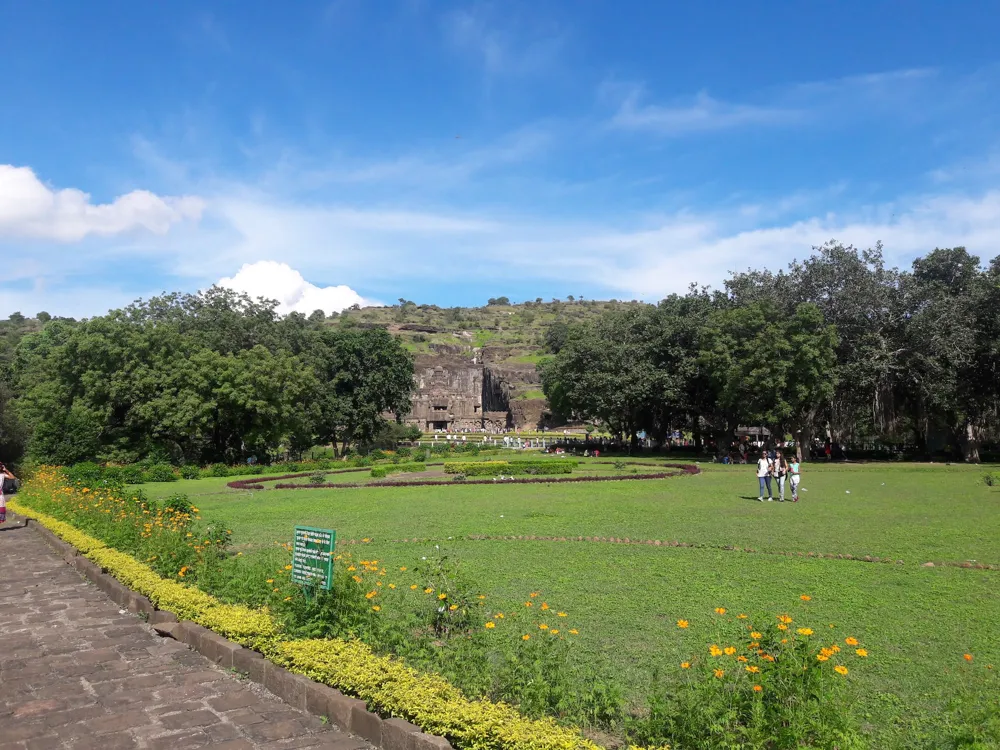Janapav, also known as Janapav Kuti, is a significant natural and historical landmark located near Indore in the heart of Madhya Pradesh, India. Revered as the birthplace of Parashurama, an avatar of Lord Vishnu, this picturesque location is nestled in the lush Vindhya Range and offers a panoramic view of the surrounding landscape. Janapav is not only a spiritual destination but also a paradise for nature lovers and adventure enthusiasts. The area is characterized by its verdant forests, rich biodiversity, and vibrant cultural heritage, making it an ideal getaway for those seeking a blend of tranquility, spirituality, and natural beauty. Historically, Janapav has been a witness to several significant events in Indian mythology and history. The region's mythology is intertwined with tales of deities and ancient sages, making it a place of great religious importance. The landscape around Janapav is dotted with numerous temples and ashrams, which stand as testaments to the area's deep spiritual roots. Every year, during the festival of Kartik Purnima, Janapav comes alive with a traditional fair that attracts thousands of pilgrims and tourists, offering a unique glimpse into the local customs and traditions. The journey to Janapav is as mesmerizing as the destination itself. As one travels through the winding roads, they are greeted by the captivating beauty of the Vindhya Range, marked by its rolling hills, dense forests, and rich wildlife. The air is filled with the scent of wildflowers and the sounds of birds, creating an enchanting ambiance. The changing landscape, with its varying shades of green and brown, showcases the diverse flora and fauna of the region, making it a haven for nature enthusiasts and wildlife photographers. The architectural grandeur of Janapav is a harmonious blend of natural and man-made structures, reflecting the deep cultural and historical significance of the region. The most prominent architectural feature of Janapav is the ancient temple dedicated to Lord Shiva, which stands atop the hill. This temple, believed to be several centuries old, exhibits the classic features of traditional Indian temple architecture with its intricate carvings, majestic spire, and sacred sanctum. The temple's design is a testament to the skilled craftsmanship of the artisans of the bygone era and stands as a symbol of the enduring spiritual legacy of the region. Surrounding the temple are several smaller shrines and structures, each with its unique architectural style and religious significance. These structures range from simple stone platforms to elaborate pavilions, showcasing a variety of architectural designs and techniques. The use of locally sourced materials, such as sandstone and granite, in the construction of these structures not only adds to their aesthetic appeal but also reflects the sustainable practices of the ancient builders. In addition to the religious structures, Janapav is also home to several ancient forts and ruins, which offer a glimpse into the region's rich historical past. These forts, perched atop strategic hilltops, were once the center of power and control in the region. The remains of these forts, with their crumbling walls and bastions, tell the story of the battles and conquests that shaped the history of Janapav. The architectural design of these forts, with their thick walls, hidden passages, and strategic vantage points, showcases the ingenuity and tactical acumen of the ancient rulers. The ideal time to visit Janapav is between October and March when the weather is pleasant and conducive for exploring the outdoors. During these months, the temperature is moderate, and the natural beauty of the region is at its peak, making it an ideal time for trekking, bird-watching, and sightseeing. When visiting Janapav, it is advisable to carry comfortable clothing, sturdy footwear, a hat or cap, sunglasses, and sunscreen. Also, carry a good camera to capture the scenic beauty, binoculars for bird watching, and a first-aid kit for emergencies. Don't forget to bring enough water and snacks for the journey. Visitors should respect the local customs and traditions of Janapav. Dress modestly when visiting religious sites, and be mindful of the local culture and practices. It is also important to maintain cleanliness and not litter in the natural surroundings. Always stay on marked trails and follow safety guidelines when trekking or exploring the area. Be cautious of the wildlife and avoid venturing into restricted areas. It is also advisable to inform someone about your travel plans and expected return time. Janapav is well-connected by road and is easily accessible from major cities like Indore. The nearest airport is Devi Ahilya Bai Holkar Airport in Indore, from where one can hire a taxi or take a bus to Janapav. For those traveling by train, the nearest railway station is in Mhow, which is well-connected to Indore and other major cities. From Mhow, local transport like buses and taxis are available to reach Janapav. Self-driving is another viable option, offering the flexibility to explore the scenic route at one's own pace. Read More:Overview of Janapav in Indore, Madhya Pradesh
Architecture of Janapav
Tips When Visiting Janapav
Best Time to Visit
Packing Essentials
Respecting Local Customs
Safety Measures
How To Reach Janapav
Janapav
Indore
Madhya Pradesh
NaN onwards
View indore Packages
Weather :
Tags : Mountain
Timings : 24 hrs
Time Required : 1 - 2 days
Entry Fee : No Entry Fee
Planning a Trip? Ask Your Question
Indore Travel Packages
View All Packages For Indore
Top Hotel Collections for Indore

Private Pool

Luxury Hotels

5-Star Hotels

Pet Friendly
Top Hotels Near Indore
Other Top Ranking Places In Indore
View All Places To Visit In indore
View indore Packages
Weather :
Tags : Mountain
Timings : 24 hrs
Time Required : 1 - 2 days
Entry Fee : No Entry Fee
Planning a Trip? Ask Your Question
Indore Travel Packages
View All Packages For Indore
Top Hotel Collections for Indore

Private Pool

Luxury Hotels

5-Star Hotels

Pet Friendly







